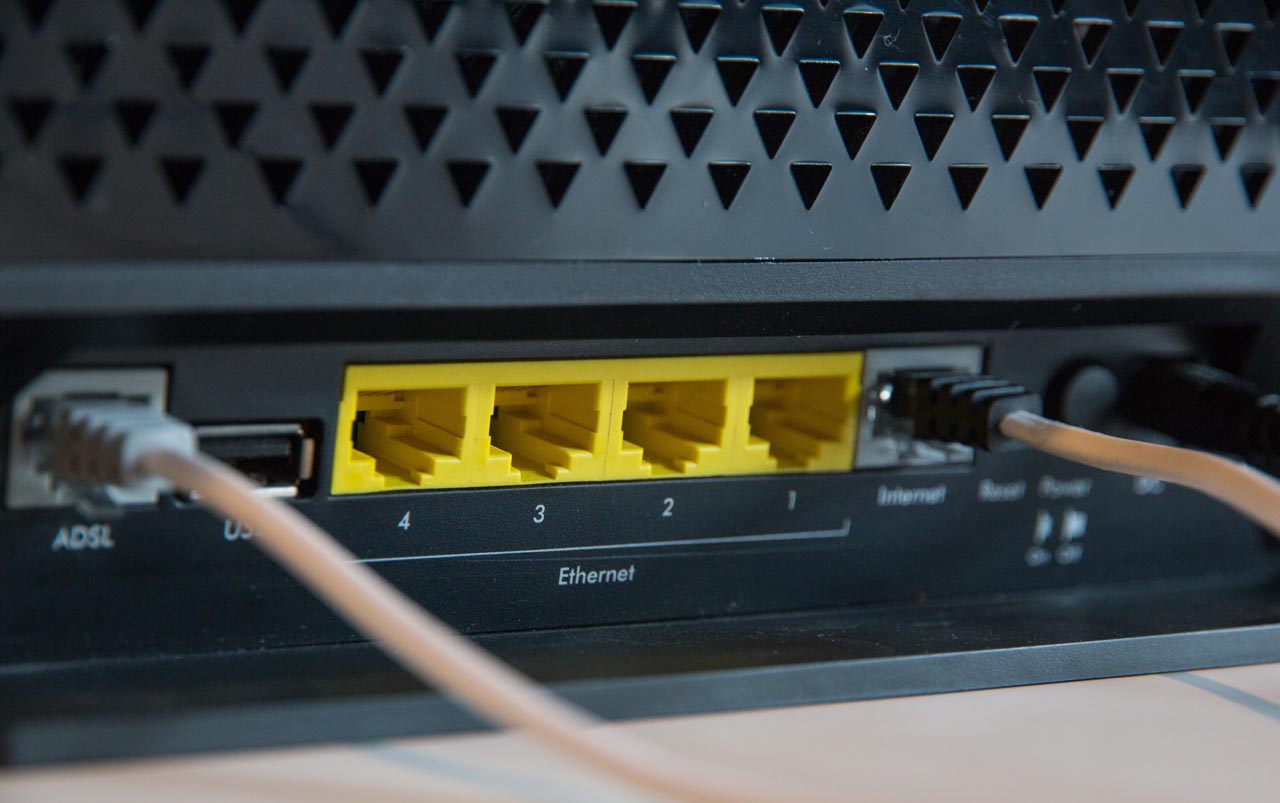
Understanding GPON Fiber Technology: Benefits and Applications
Fiber optic technology has revolutionized the way data is transmitted over long distances, allowing for faster and more reliable communication. One of the latest advancements in fiber optic technology is Gigabit Passive Optical Network (GPON) technology. GPON is a point-to-multipoint access technology that uses fiber optic cabling to provide high-speed internet, voice, and video services. In this article, we'll dive deeper into GPON technology, its benefits, and its applications.
What is GPON?
GPON is an abbreviation for Gigabit Passive Optical Network. It is a point-to-multipoint access technology that provides high-speed internet, telephony, and video services using fibre optic cabling. GPON technology connects several end-users to a central point known as an Optical Line Terminal through a single fibre optic line (OLT).
GPON is designed to be cost-effective and scalable, making it an ideal solution for delivering high-speed internet and other services to residential and commercial users. It is also highly reliable, as fiber optic cables are less susceptible to interference and offer higher bandwidth than traditional copper cables.
Benefits of GPON Technology
- High-speed internet: GPON technology provides high-speed internet to end-users. With speeds up to 2.5 Gbps downstream and 1.25 Gbps upstream, GPON technology is significantly faster than traditional copper-based broadband technologies.
- Cost-effective: GPON technology is a cost-effective solution for providing high-speed internet and other services to end-users. Since GPON technology uses a single fiber optic cable to connect multiple end-users, it requires less cabling and hardware than traditional broadband technologies, reducing the cost of deployment.
- Scalable: GPON technology is a highly scalable solution. As the number of end-users grows, additional OLTs and Optical Network Units (ONUs) can be added to the network to increase capacity.
- Reliable: GPON technology is highly reliable. Fiber optic cables are less susceptible to interference, providing a more stable and reliable connection than traditional copper-based technologies.
Applications of GPON Technology
- Residential broadband: GPON technology is commonly used to provide high-speed internet and other services to residential users. It is an ideal solution for areas where traditional broadband technologies are unavailable or unreliable.
- Commercial broadband: GPON technology is also used to provide high-speed internet and other services to commercial users, such as offices, hospitals, and schools. It is a cost-effective and scalable solution for businesses that require high-speed internet and other services.
- Video services: GPON technology is also used to provide video services, such as IPTV and video-on-demand. Since GPON technology provides high-speed internet, it can deliver high-quality video services to end-users.
- Voice services: GPON technology is also used to provide voice services, such as VoIP. With GPON technology, end-users can make high-quality voice calls over the internet.
In conclusion, GPON technology is a cost-effective and scalable solution for providing high-speed internet, voice, and video services to residential and commercial users. It is highly reliable and provides faster speeds than traditional copper-based technologies. GPON technology is commonly used for residential and commercial broadband, video services, and voice services. As demand for high-speed internet and other services continues to grow, GPON technology is likely to become an increasingly important part of the telecommunications industry.
